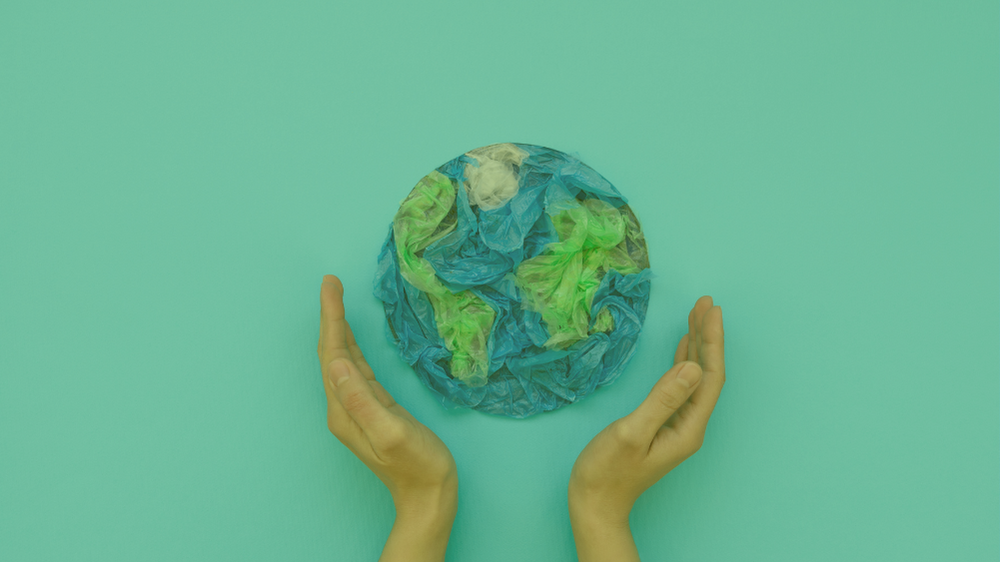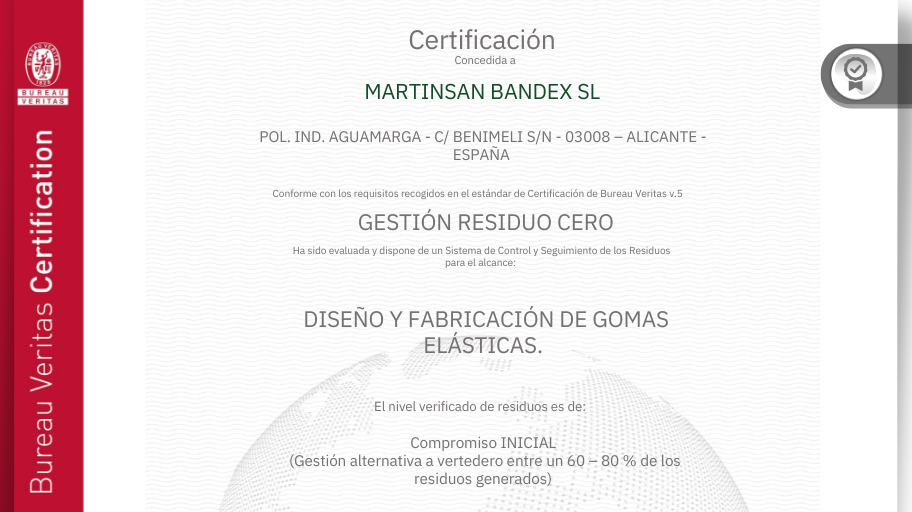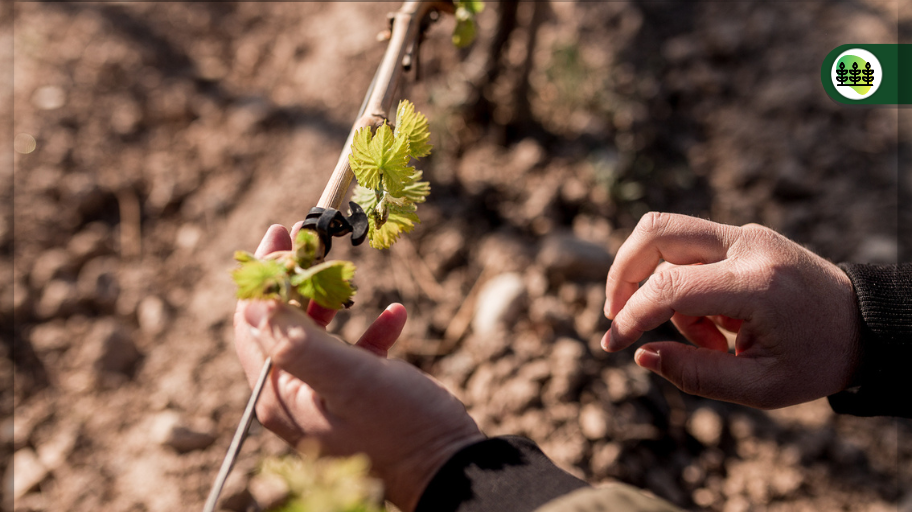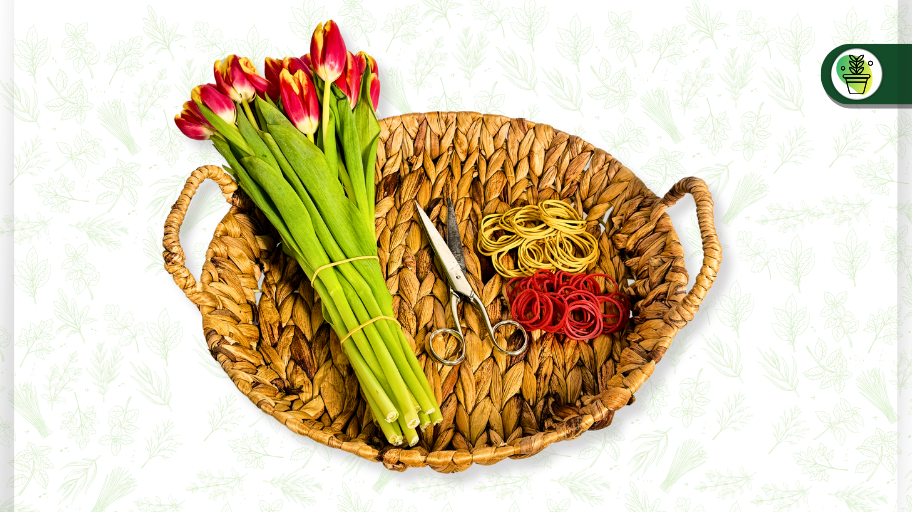You may have a brand or company that wants to make the leap to sustainable packaging or you are currently doing it, but you have some elements within the delivery process of your product, which does not meet these characteristics.
Throughout this article we are going to tell you everything you need to know about sustainable packaging, and also our contribution as a company, on the way to achieve, someday, a 100×100 sustainable packaging.
Let’s define: Do you know what ‘sustainable packaging’ really means?
The times of the linear, make-consume-throw away economy are over.
Sustainable packaging is the beginning of a new economic model based on the so-called circular economy: reduce, reuse, replace, renew and recycle.
Let’s dive into the world, so you can see the benefits it can have for your brand and how you can apply it to your business, but before we get too deep, let’s talk about what exactly it is.
Sustainable products are those that have taken into account the principles of eco-design during their production process.
Ecodesign considers sustainability criteria from the conception of the product or service to its disposal, trying to reduce the environmental impact during the product’s life cycle.
Therefore, it is not (only) concerned with whether the box will be pretty or the bag eye-catching, but also with the impact of its production process, transport and subsequent recycling.
In short, to be considered sustainable packaging it must have one or more of these characteristics:
- Recyclable
- Biodegradable
- Made from recycled materials
- Reusable
Is sustainable packaging for all companies?
When we talk about sustainable packaging, you’re sure to think of that kraft cardboard coffee to-go cup. Or a bamboo fork. Or the box of an Ikea light bulb that turns into a lamp.
You’re not going the wrong way.
These are examples of sustainable packaging. But is sustainable packaging for all companies?
Beyond single-use items (the European Union has proposed to end this type of product by 2029), the trend of sustainable packaging does not only affect the final product and how it reaches the consumer. It also affects overpacks for logistics and transport, which do not take into account their design as they are not exposed to the consumer.
Today, packaging, in addition to being necessary for the transportation of a product, speaks of the values of a brand, is part of the product experience, connects with a specific audience and provides data at both a legal and attitudinal level.
Consumers are increasingly aware of and concerned about the environmental impact of the packaging of their online purchases. As a report shows from Ihobe, Ecoembes and AECOC; 7 out of 10 consumers are concerned about the impact of additional packaging on the environment and 43% say they are even willing to pay more for more sustainable materials.
This means that it is no longer just a question of whether or not the business owner wants to use sustainable packaging, but that today’s customer demands and demands it.
If your company does not need cardboard cups, it may receive and ship orders with other characteristics, use unsustainable materials, or manage its resources inadequately. This affects both large and small companies.
Sustainable packaging materials
Sustainable packaging materials are about materials with efficient production models, recyclable and reusable products and, ultimately, about minimizing the environmental footprint of packaging.
The three most common sustainable materials are:
Cardboard: Undoubtedly one of the most sustainable and economical because of its easy reuse and low environmental impact. Although cardboard has a short life cycle, its recyclability makes it a great option.
Bioplastics or vegetable plastics: they come from vegetables such as soy, corn or potato starch and their development is the result of the need to find a material with similar characteristics to plastic, which comes from renewable sources and is less polluting. It is a resistant, 100% biodegradable and versatile material and is already used in sectors such as agriculture, the textile industry, medicine and, above all, in the packaging and container market…
Glass: more directly related to the consumer sector, as it is the best ally in terms of food and cosmetics preservation. It is considered a sustainable material because it is fully recycled, 100% of the material is used and converted back into another container. In this way, the life cycle is infinite.
And here it is time to talk about natural rubber.
Natural Rubber (NR as an international abbreviation) is a very important hydrocarbon obtained from latex, produced by several intertropical moraceae and euphorbiaceae, but only Hevea Brasiliensis is commercially exploited.
The latex is in the form of an aqueous colloidal suspension, milky in appearance, containing about 30% rubber. The latex circulates through a network of laticiferous canals, from which it is extracted by making an incision in the bark.
It is therefore of natural origin and can be converted into a material:
Recyclable
It can be manufactured from recycled materials.
Reusable.
Bandex elastic bands for the packaging industry have become indispensable as they offer a versatile and practical, as well as sustainable, fastening, thus avoiding the abuse of plastics such as wires, clips, films, etc.
In the world of office supplies, they are also a very practical and widely used fastening resource for all types of parcels and documents. Office elastic bands have an infinite number of applications, either at home or in offices, companies or factories of any kind.
In the packaging industry, elastic bands made of rubber are mainly used to hold and group small products and prevent them from coming loose and ending up scattered in boxes.
They are especially useful for this function in companies that provide shipping and packaging services.
Currently, this industry requires a large volume of rubber bands, since with the continuous growth of online commerce, it is increasingly recurrent to send parcels.
You can learn more about the properties and benefits of our rubber bands by visiting our website here.
Environment and sustainable development
As we mentioned above, sustainable development is not only concerned with whether the box will be pretty or the bag will be eye-catching, but also with the impact of the production process, transport and recycling.
That’s why at Bandex we seek to respect the environment and sustainable development in several ways.
Here are some of them.
Not only by manufacturing with natural rubber, from a renewable and organic source such as latex, and recyclable, but also by improving our production process, with a commitment to active sustainable development.
In that sense, as a company, we are happy that the National Consortium of Rubber Industrialists convened in February 2021 the III Circular Economy Award of the Rubber sector and that Martisan Bandex, together with Bridgestone Hispania Manufacturing SL, we have been awarded.
We wrote an article about it, you can read it by clicking here.
This award aims to encourage continuous improvement in the field of Circular Economy, promoting the implementation of actions aimed at achieving higher levels of transparency and good governance, environmental impact management and sustainable economic growth, in turn fostering relationships so that the associated companies in the rubber sector are a reference today and in the future of environmental management.
Also, earlier this year, we had more news.
Since 2018 that our company initiates a Sustainability Strategy. With the firm decision to exercise responsible leadership in the manufacture of rubber elastic rubber, we implemented a Waste Management System, which led us to obtain the “ZERO WASTE” certification by Bureau Veritas.
To recognize the efforts of organizations moving towards a circular model, Bureau Veritas has developed its own scheme to verify and recognize the quantities of waste generated that avoid landfill as a destination, taking advantage of other routes, such as recovery, recycling or valorization.
To this end, it evaluates the waste control and monitoring system and its performance, and depending on the level achieved, a recognition is issued: ZERO WASTE Certification. In our case we have obtained the level of alternative management to landfill between 60 – 80 % of the waste generated.
We do not bring these awards here to show that we are successful, but to exemplify that as a company we can do a lot, and that there are many organizations that can help us to do so.
Now you know that “eco” is not a fad, but a new business standard, which starts at the board of directors of companies, with decisions, and ends up in the hands of the consumer who demands a change.




